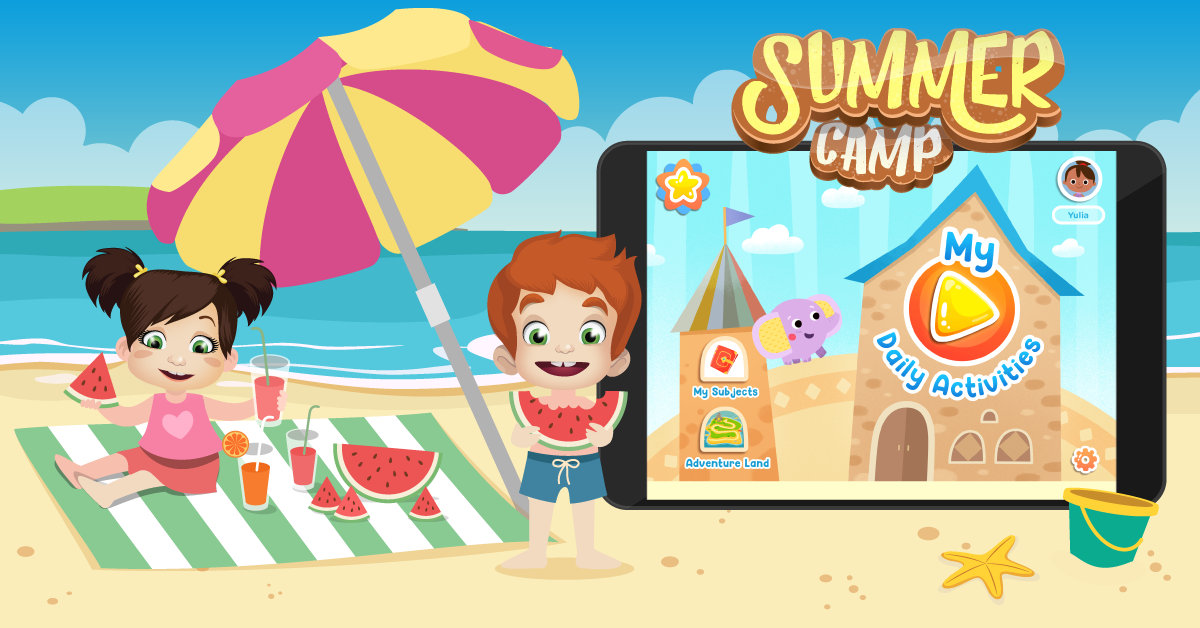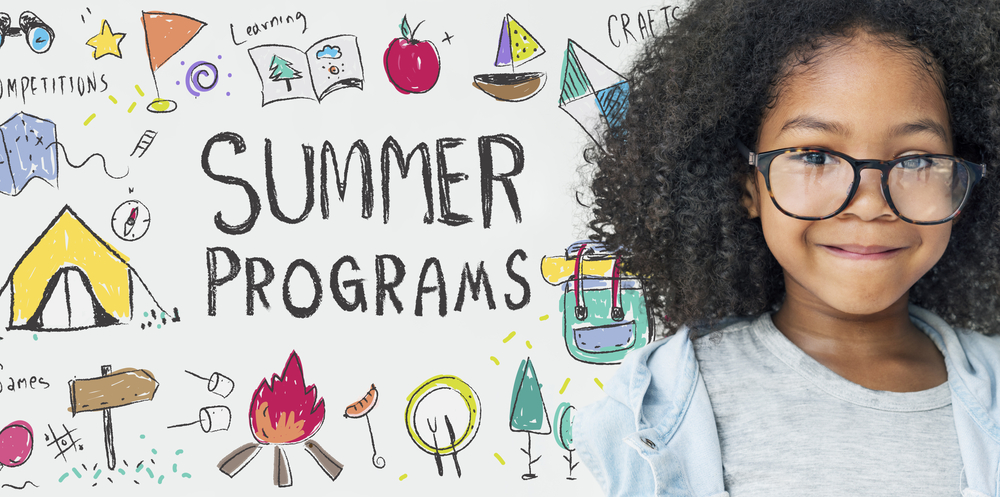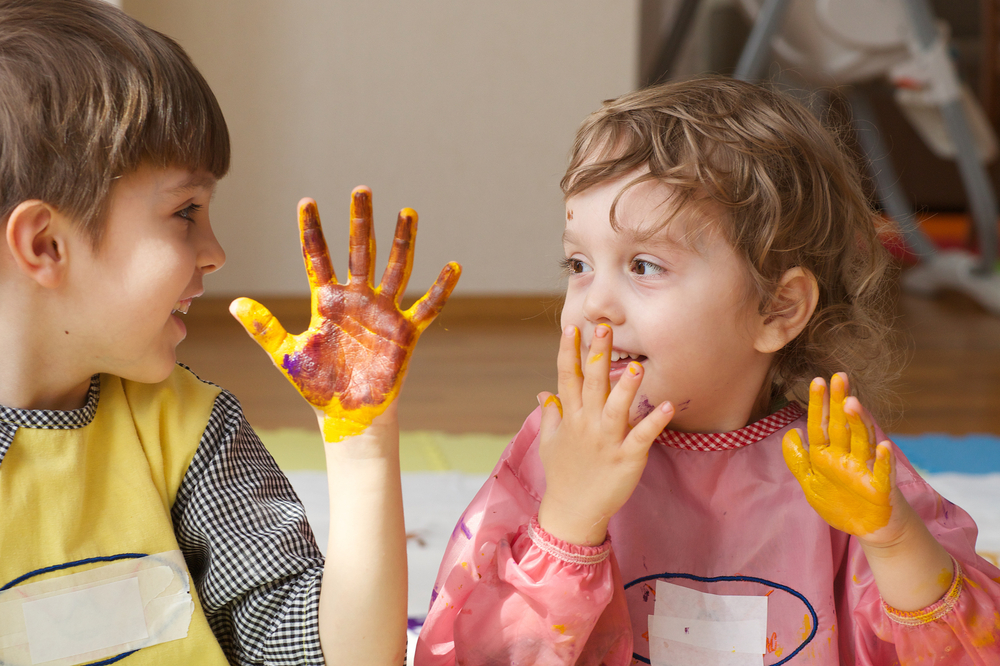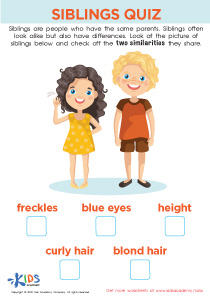Science Worksheets for Ages 4-9 - Page 2
395 filtered results
-
From - To
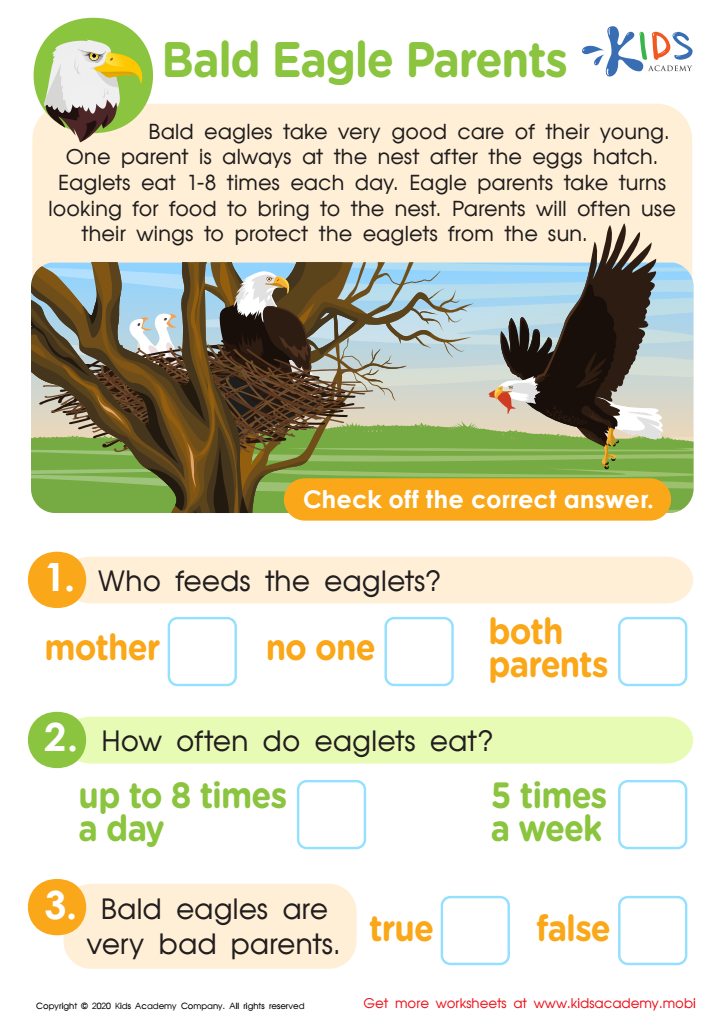

Bald Eagle Parents Worksheet
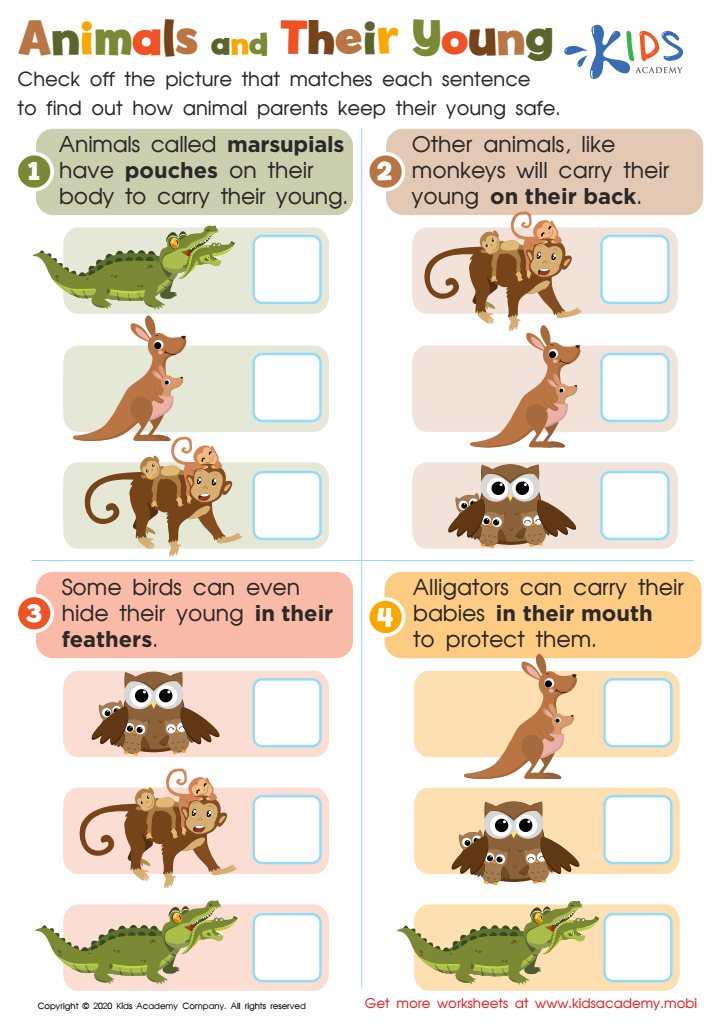

Animals and Their Young Worksheet


Animal Nests Worksheet
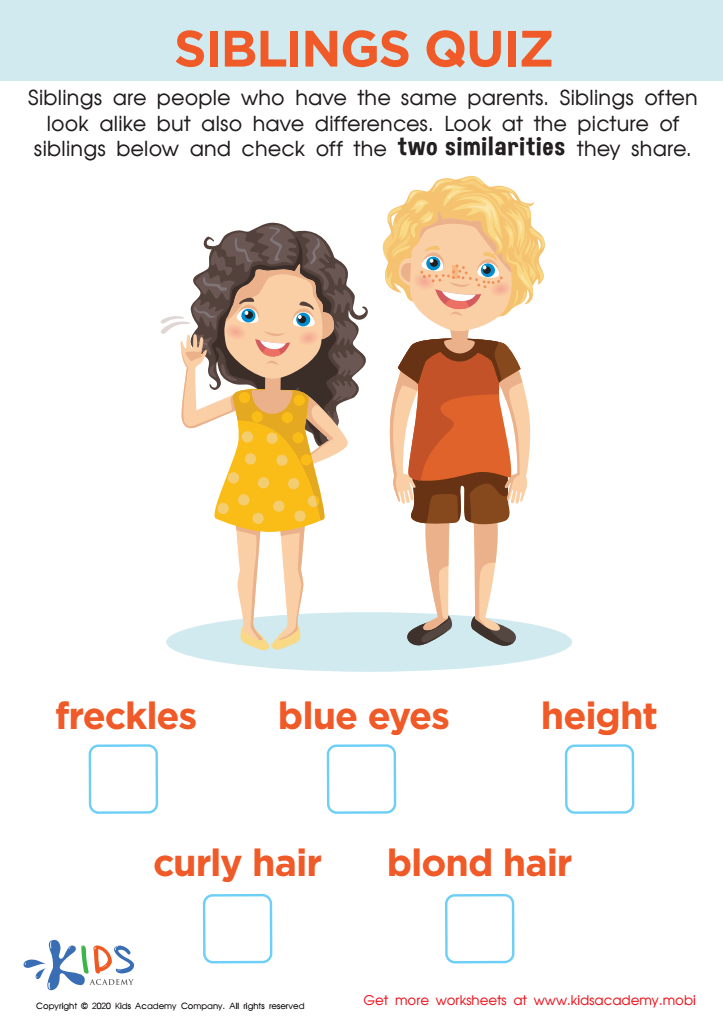

Siblings Quiz Worksheet
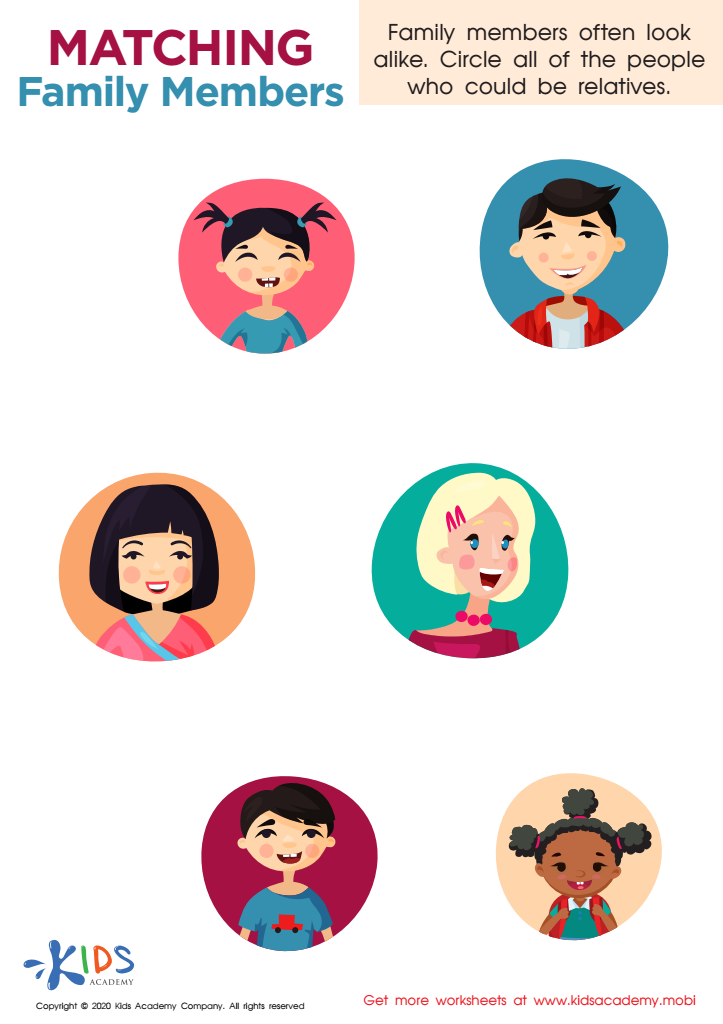

Matching Family Members Worksheet
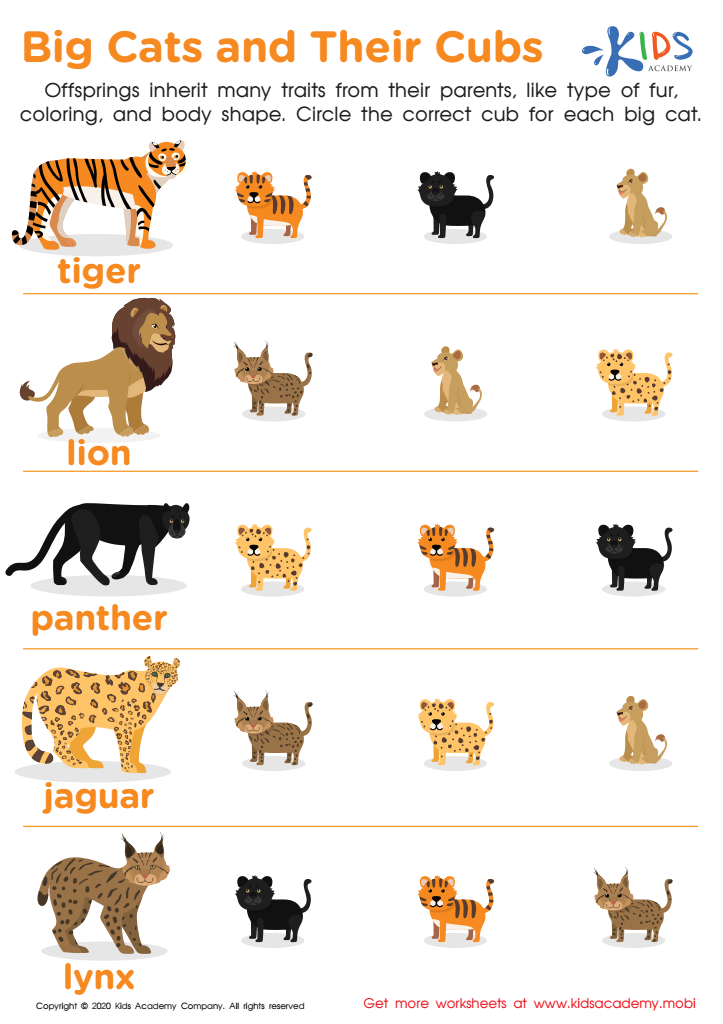

Big Cats and Their Cubs Worksheet
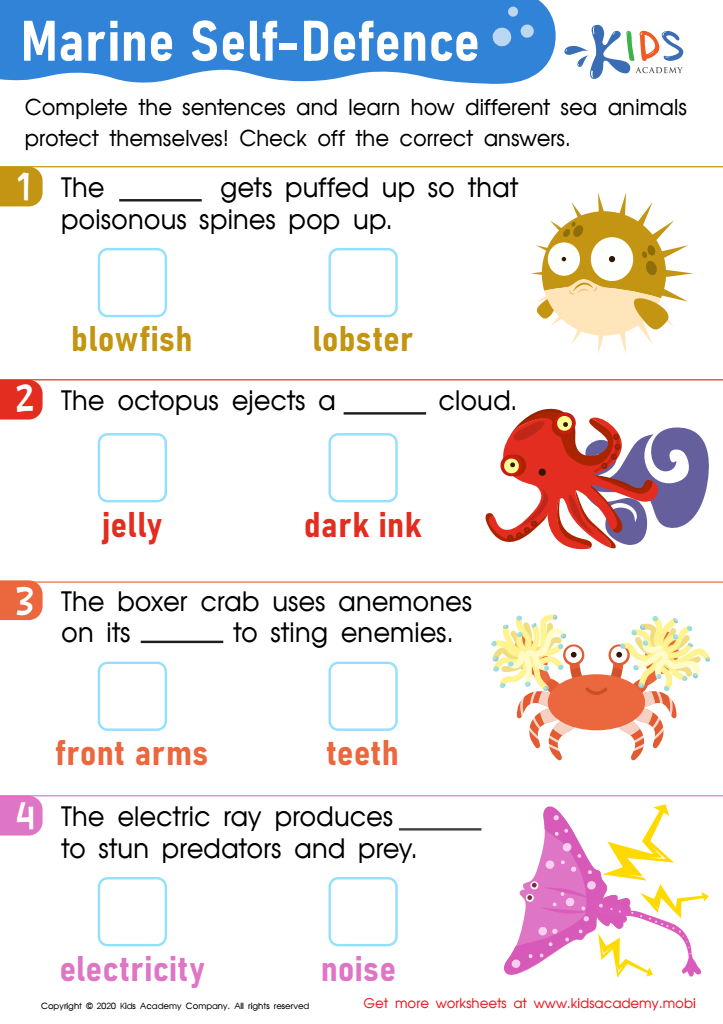

Marine Self-Defence Worksheet
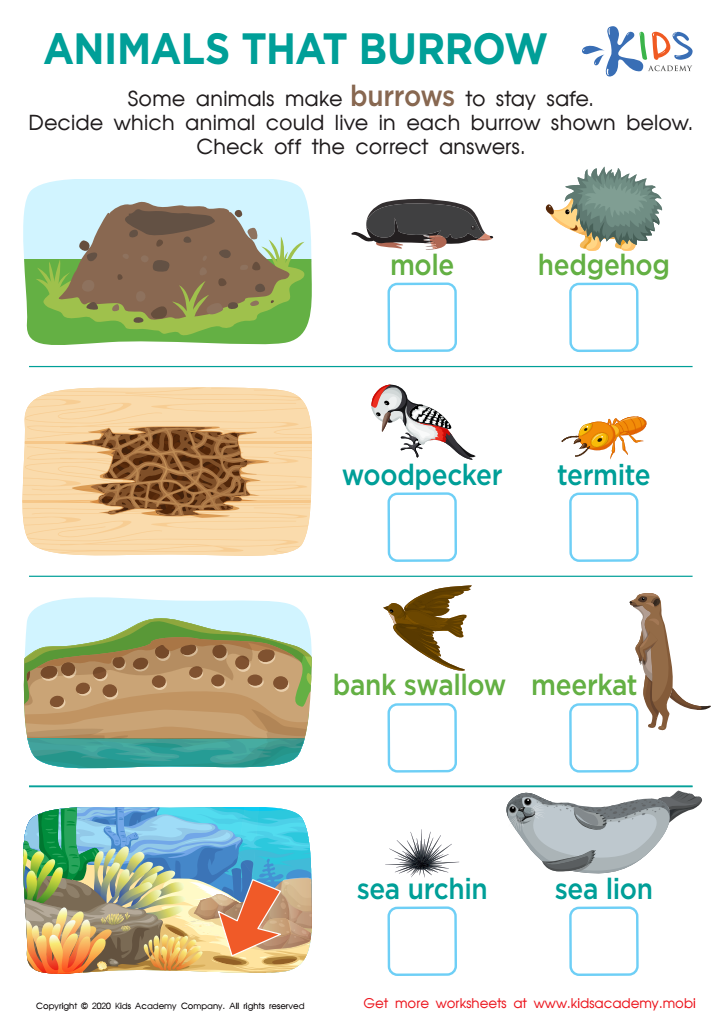

Animals That Burrow Worksheet
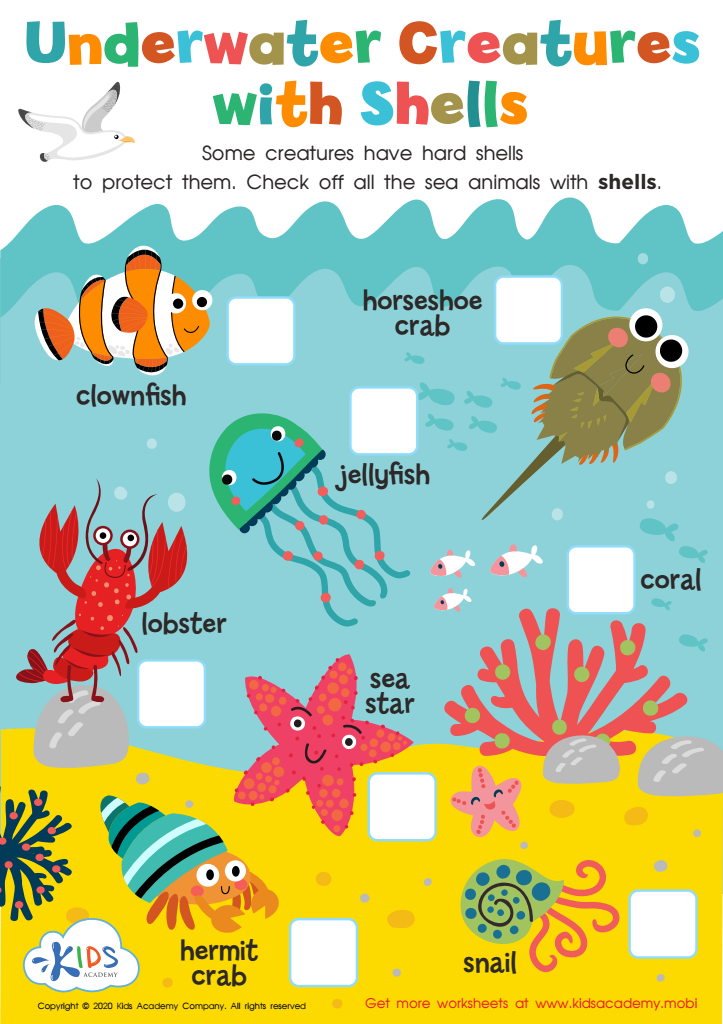

Underwater Creatures with Shells Worksheet
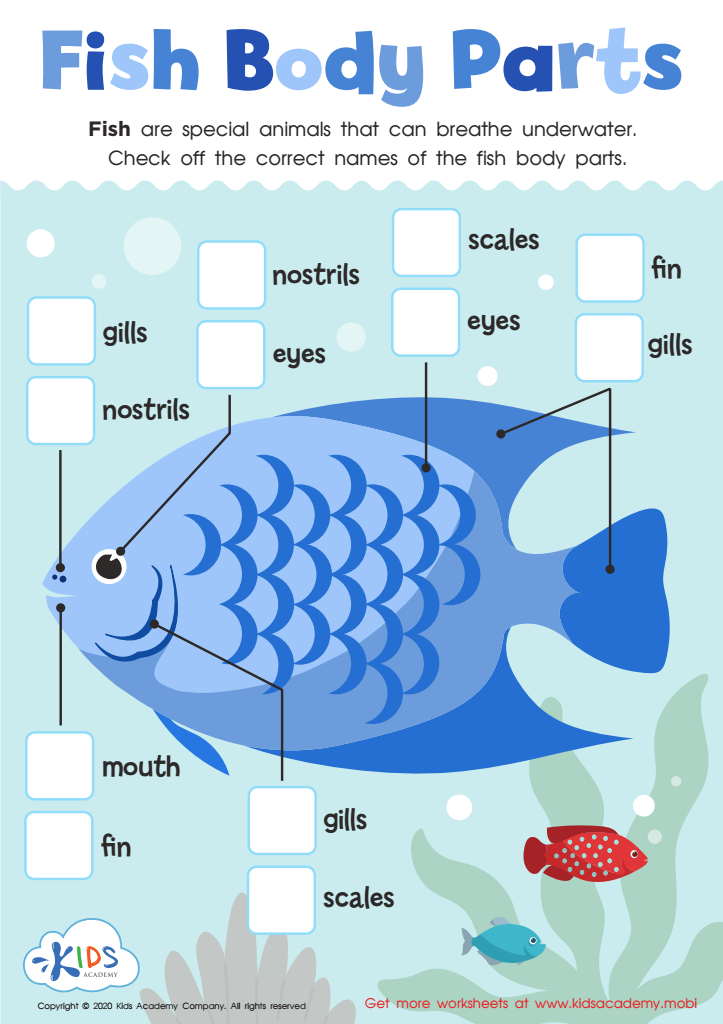

Fish Body Parts Worksheet


Mammal Body Parts Worksheet
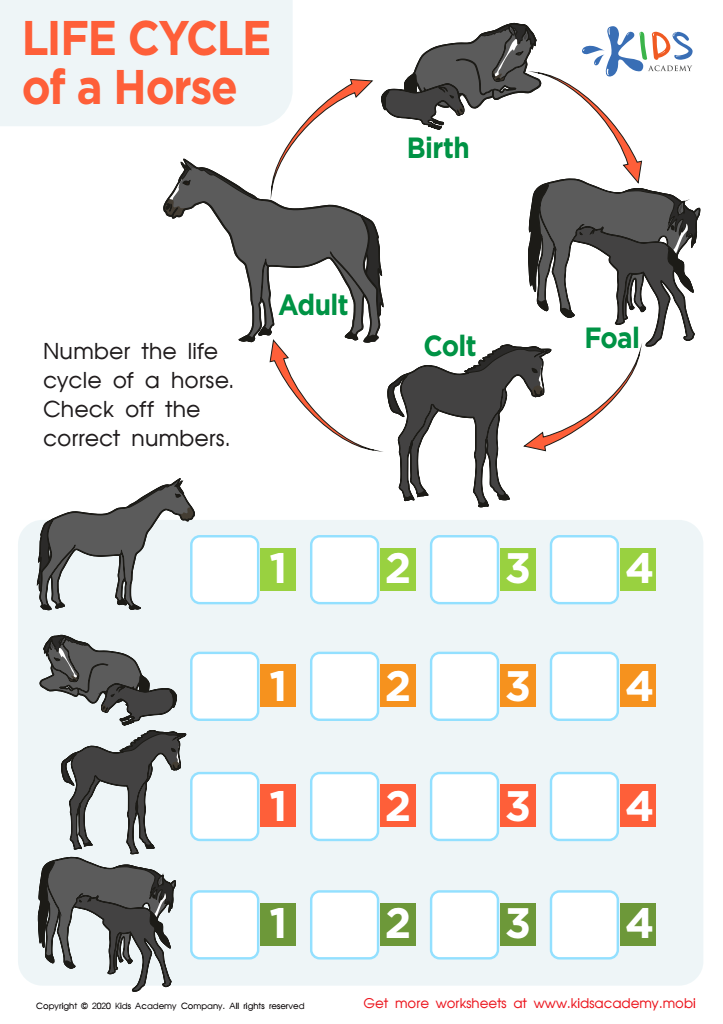

Life Cycle of a Horse Worksheet
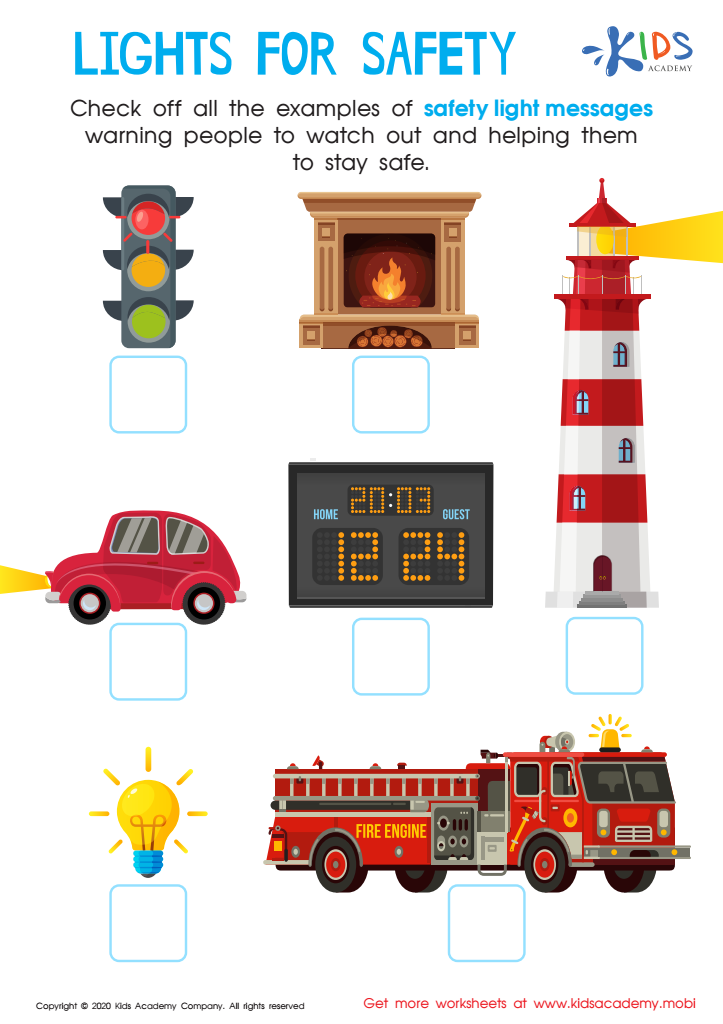

Lights for Safety Worksheet
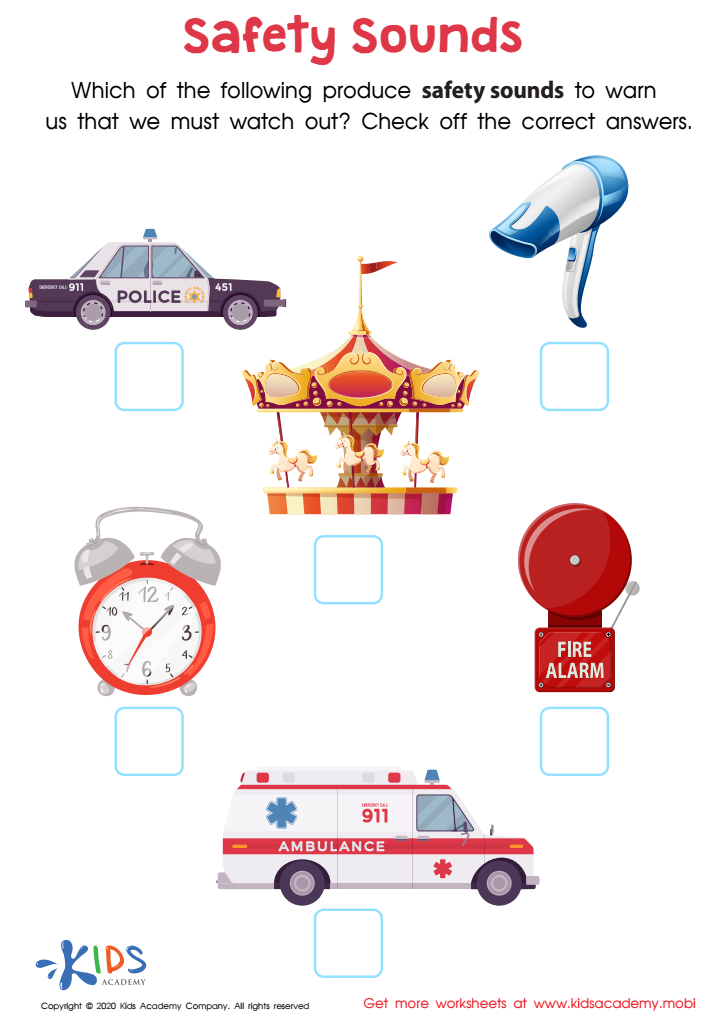

Safety Sounds Worksheet
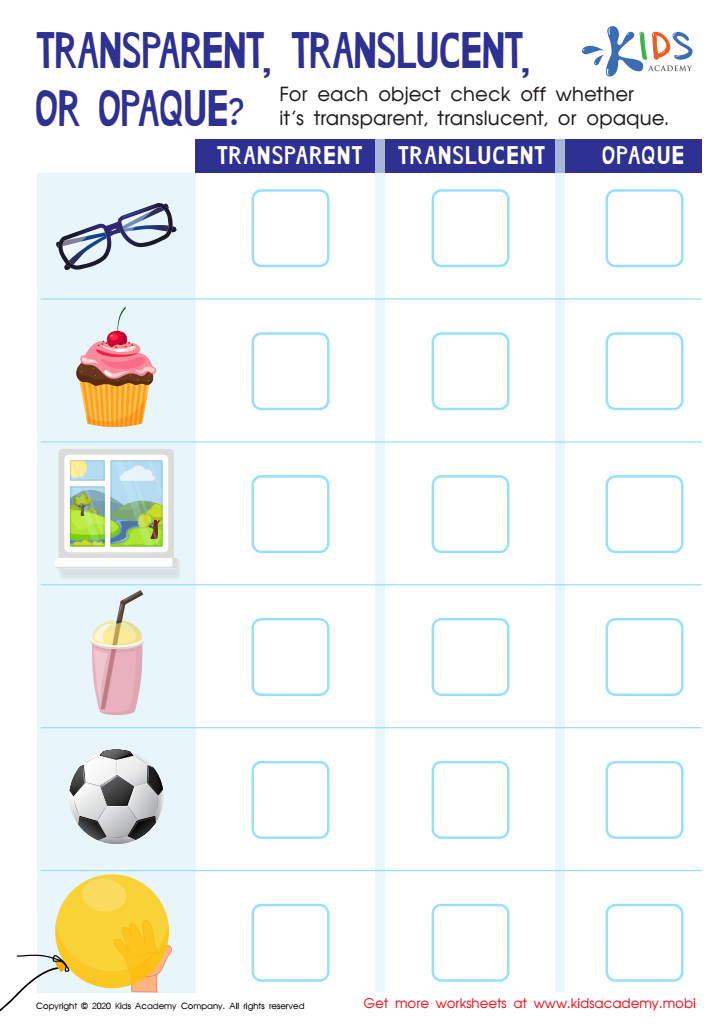

Transparent, Translucent, or Opaque Worksheet
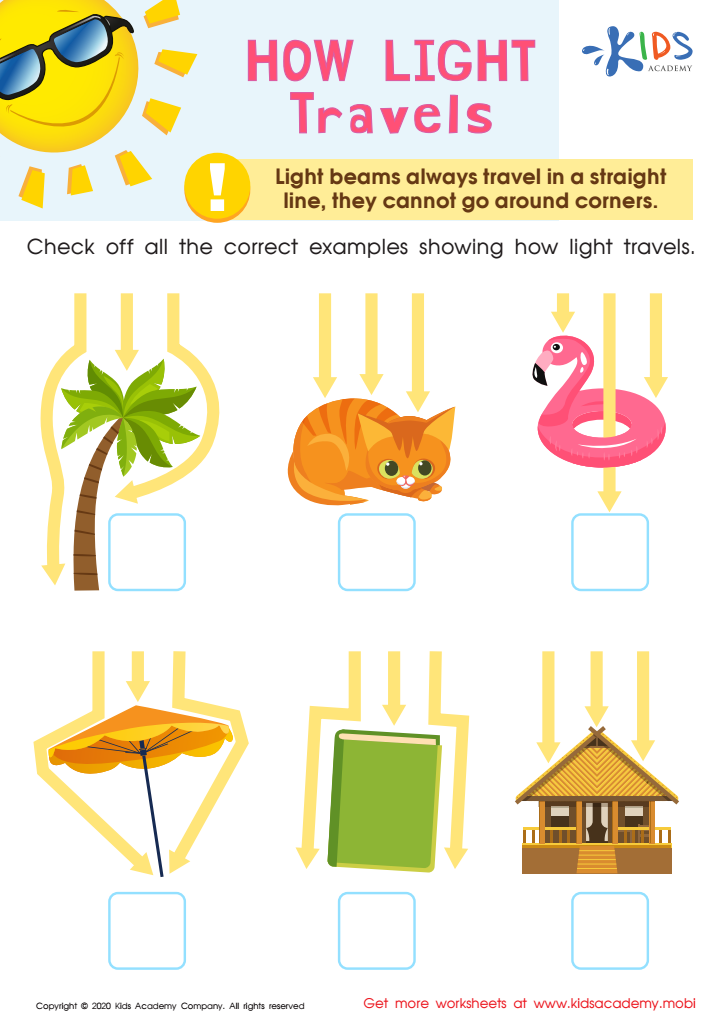

How Light Travels Worksheet
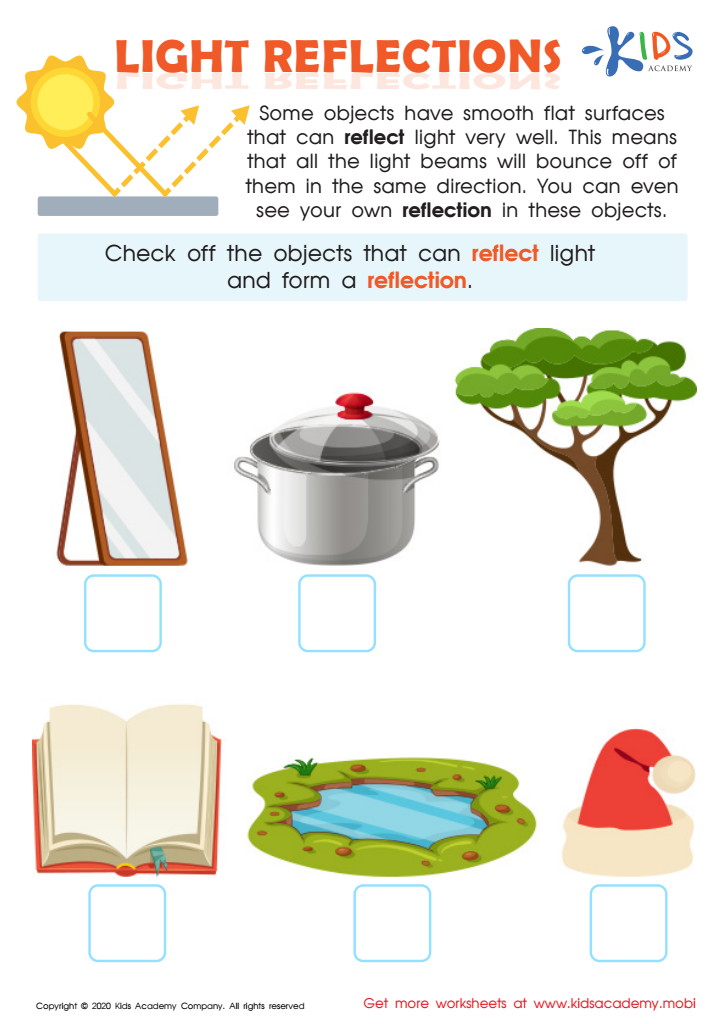

Light Reflections Worksheet
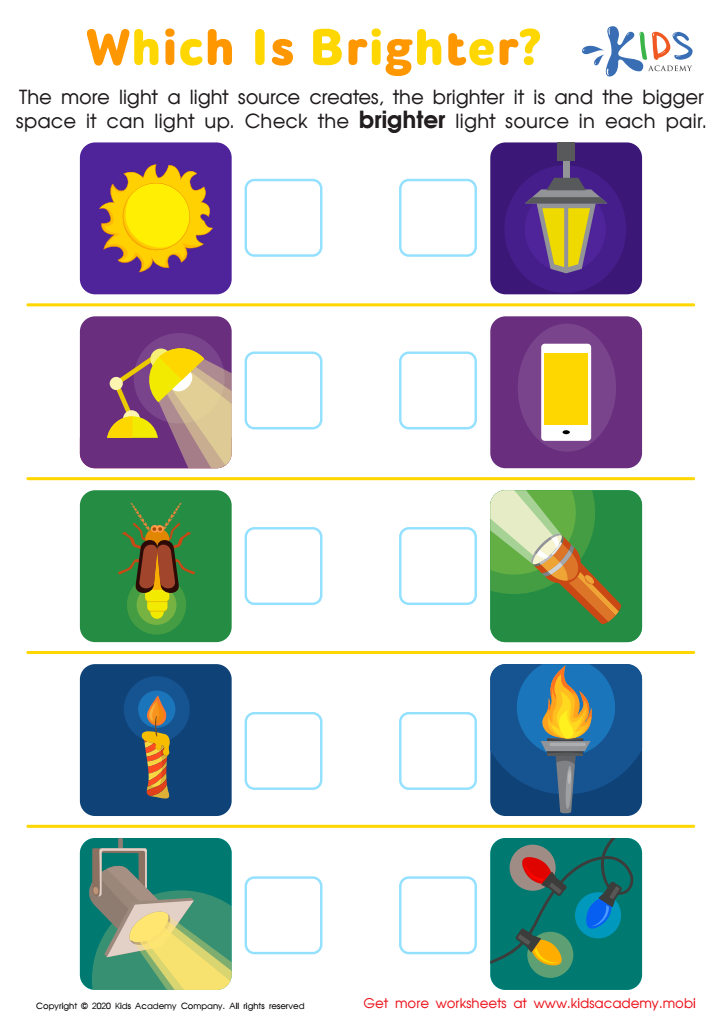

Which Is Brighter? Worksheet
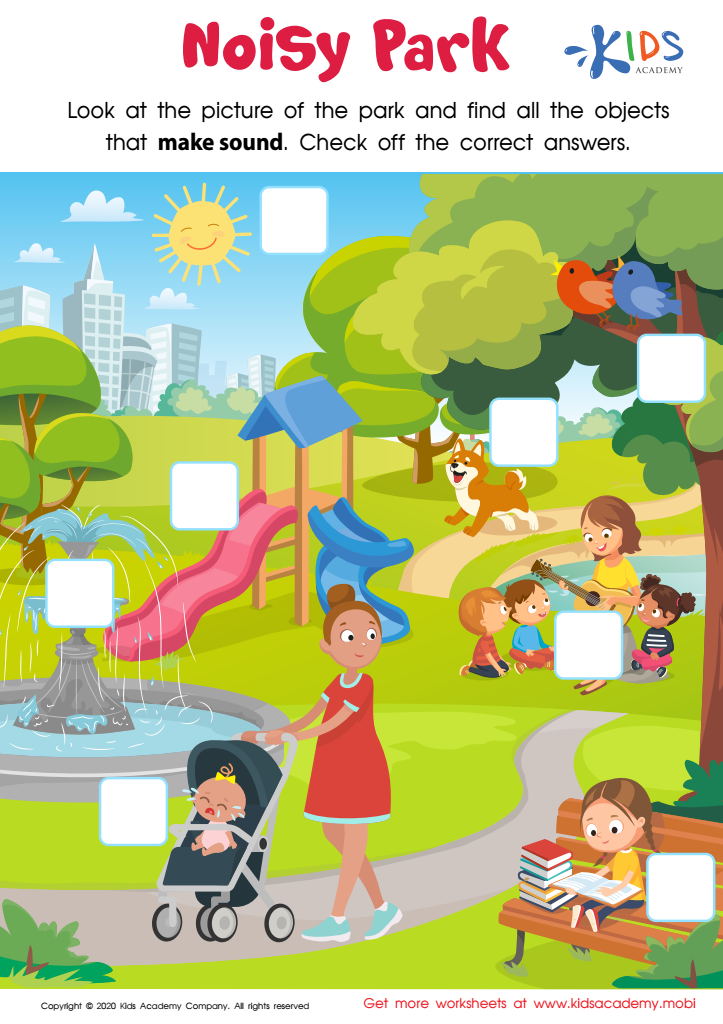

Noisy Park Worksheet
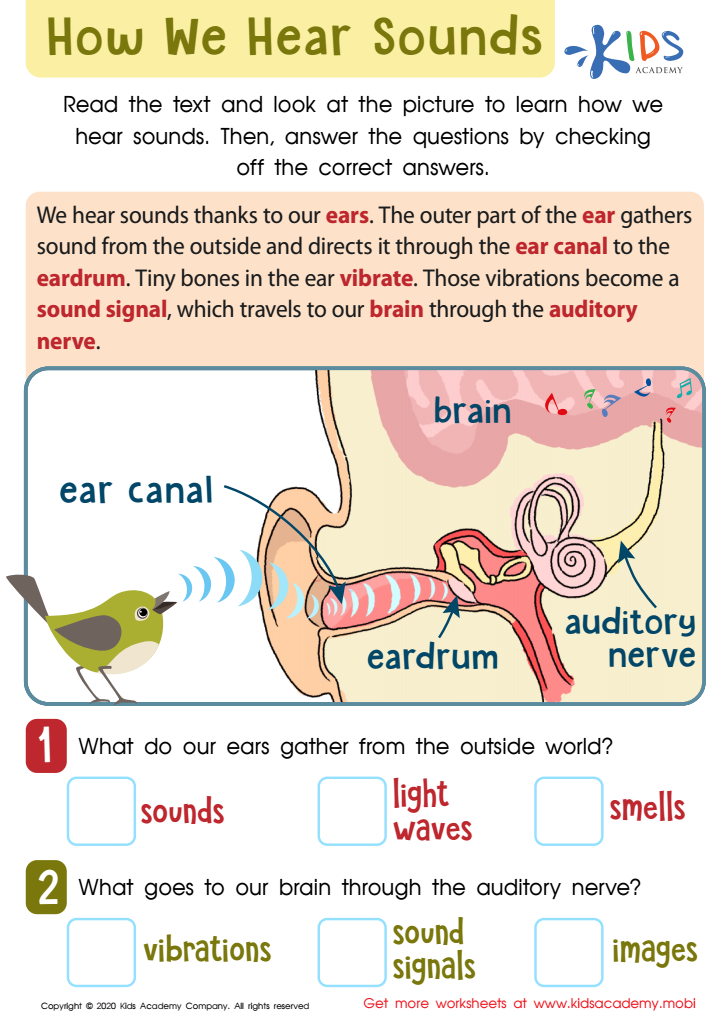

How We Hear Sounds Worksheet
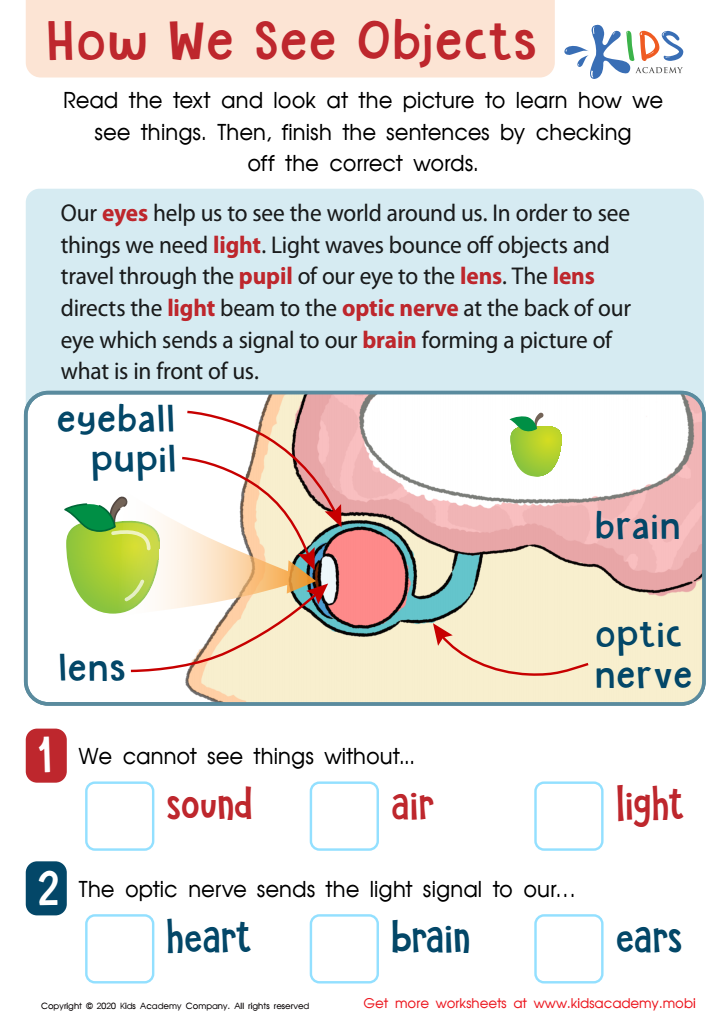

How We See Objects Worksheet
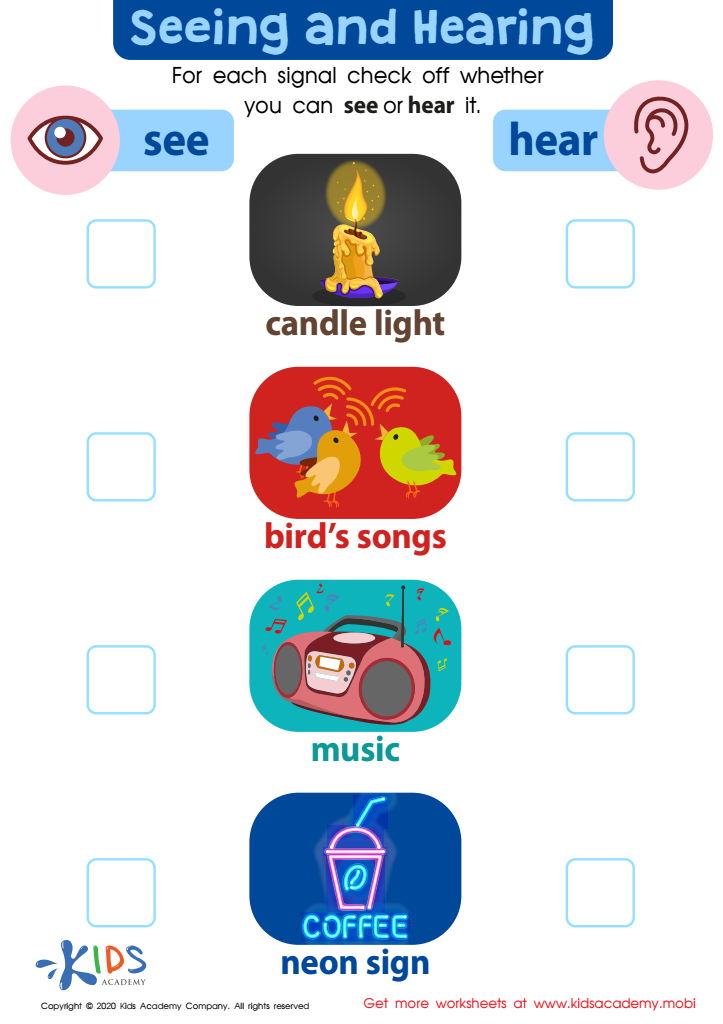

Seeing and Hearing Worksheet
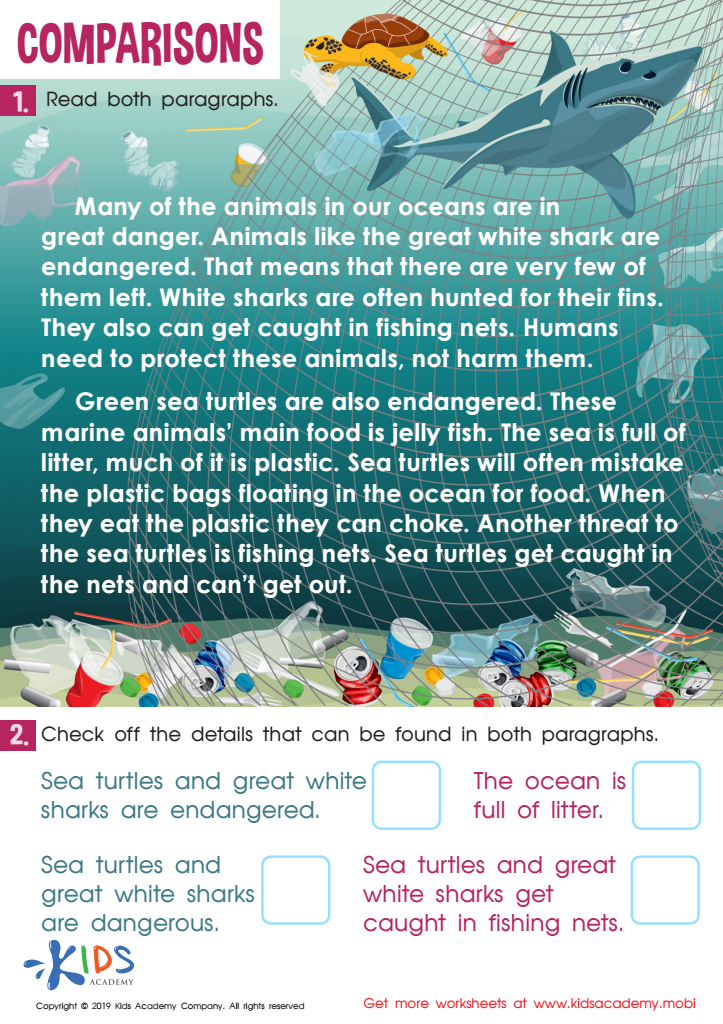

Comparisons Worksheet
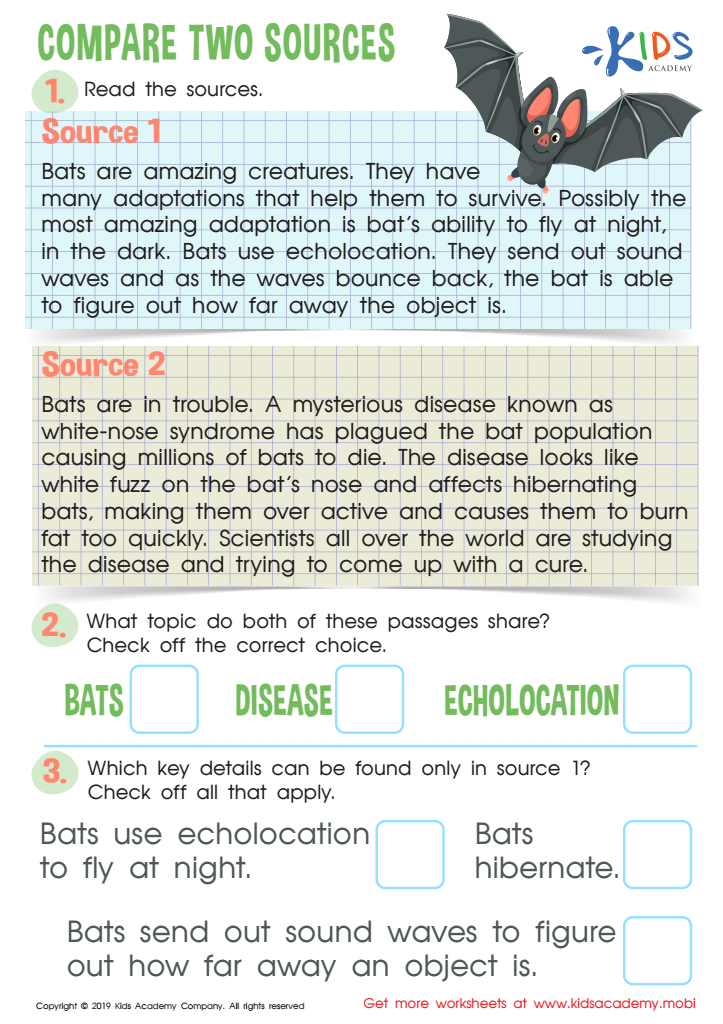

Compare Two Sources Worksheet
Science education for children aged 4-9 is crucial as it lays the foundation for critical thinking, problem-solving, and curiosity. At this age, children are naturally inquisitive about the world around them, making it an ideal time to introduce scientific concepts in a playful and engaging manner. By exploring science, children develop essential skills like observation, experimentation, and reasoning, which are integral to their overall cognitive development.
Moreover, fostering an interest in science at a young age can spark a lifelong passion for learning and discovery. Engaging with science encourages creativity and imagination, allowing children to explore ideas freely and innovate. As they learn to ask questions and seek solutions, they build a sense of independence and self-confidence.
In a broader context, scientific literacy is vital for understanding and participating in essential societal issues, such as health, technology, and environmental sustainability. By emphasizing science in early education, parents and teachers help equip children with the tools they need for future academic endeavors and day-to-day life. Ultimately, an early foundation in science fosters informed citizens who are capable of contributing positively to their communities and making thoughtful decisions in an increasingly complex world.

 Assign to My Students
Assign to My Students





